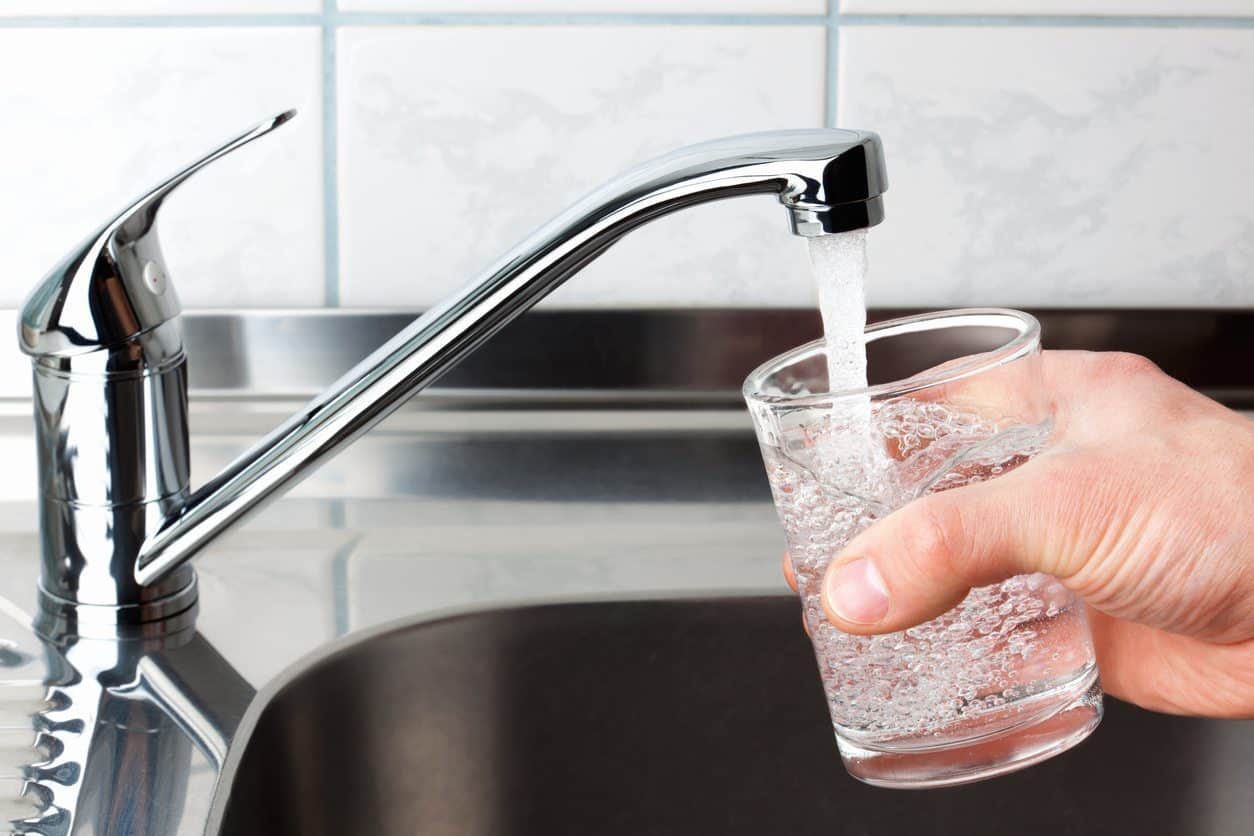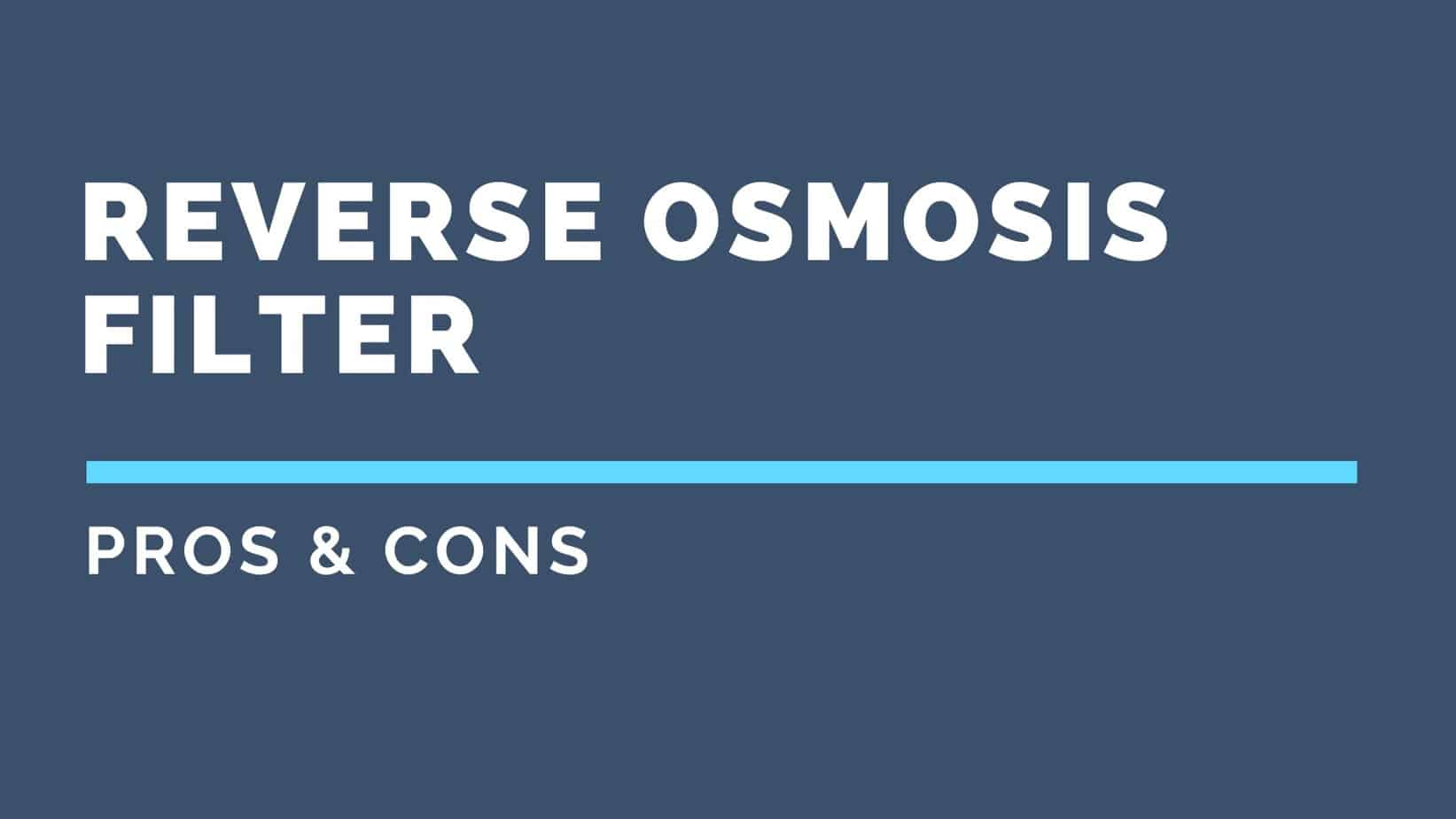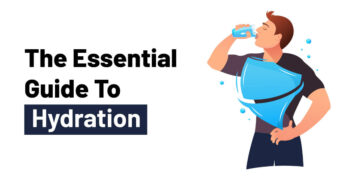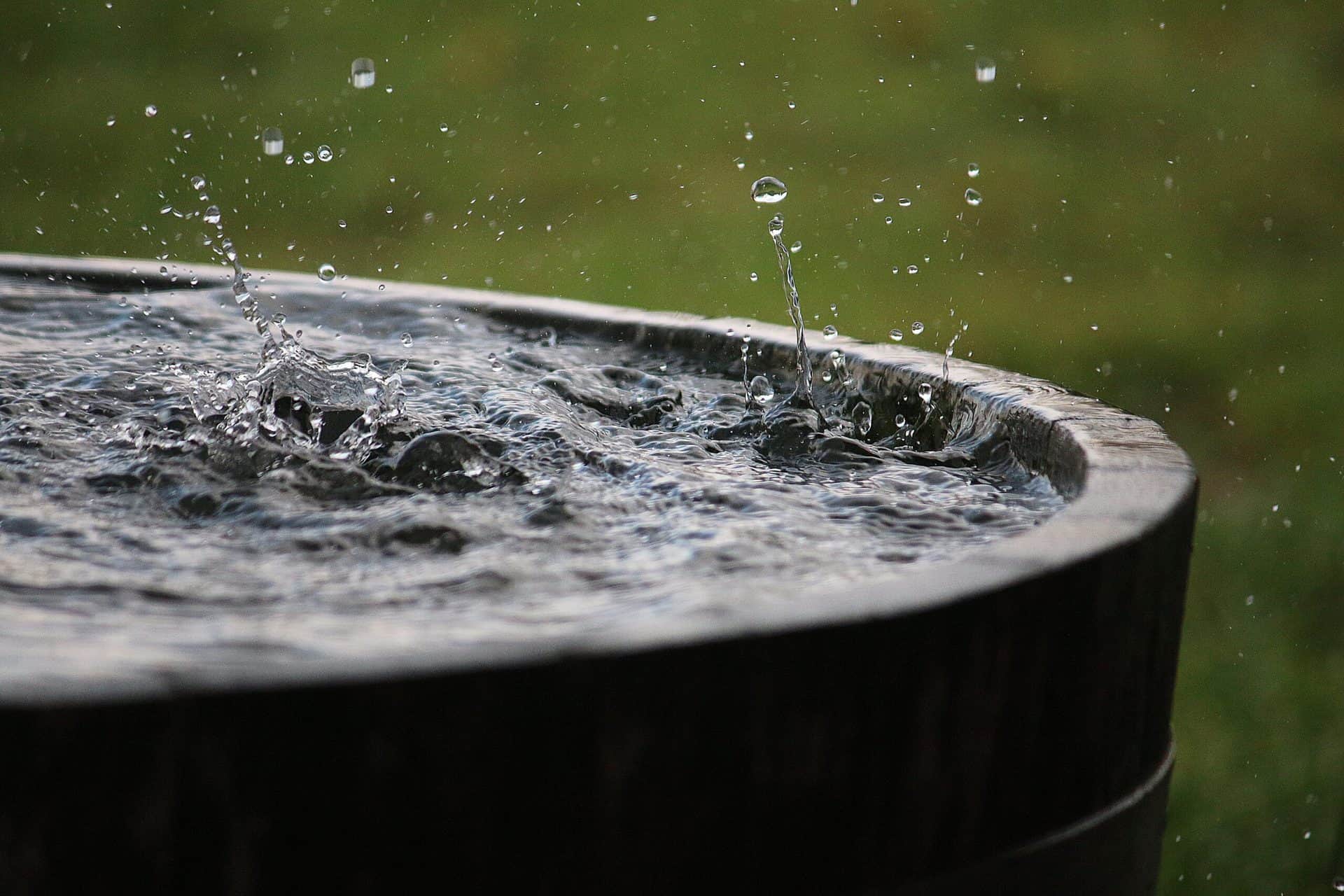When it comes to water filters, nowadays they are as diverse as they are new for a lot of people. Of course, the idea of water filtration isn’t “new” by any means – people have been filtering their water in one way or another since the dawn of humankind.
However, it was just recently that water filtration became so mainstream that it’s reasonable to expect every home in developed countries to soon have a water filtration system in them. And of all the different types of water filters that are out there today, let’s use this article for a more detailed look at one of them – the Reverse Osmosis water filter.

Reverse Osmosis is a technology that is used in a lot of water filters today – from small, personal water filters, through regular kitchen water filters, be they under sink, countertop, refrigerator, or otherwise, to even some of the best whole house water filters or industrial water filters. Reverse Osmosis is so frequently used as a filtration method in water filters simply because it is so effective. And it’s that effectiveness that’s the reason why it is one of the most popular types of water filtration today.
But how does Reverse Osmosis work? Simply put, Reverse Osmosis is a method that dissolves all manner of inorganic materials (like salts, for example) and removes them from our drinking water. This is done by a semipermeable membrane that the water is passed through, which filters a lot of unwanted contaminants like Fluoride, Lead, Pesticides, Chlorine (and Chloramine), Nitrates and Sulfates, Detergents, and much more. All those contaminants that get filtered through the Reverse Osmosis membrane get subsequently flushed down the drain, leaving you with nothing but clean, healthy, drinking water.
For an even more optimal filtration, a lot of Reverse Osmosis filtering systems utilize the help of additional filters such as carbon or sediment filters. This whole water filtration process is usually still called something along the lines of “A Reverse Osmosis Water Filter” because the Reverse Osmosis membrane takes center stage, but it is often a good idea to look for RO filters that utilize other forms of filtration as well, for even better filtration.
The History of Reverse Osmosis
The Reverse Osmosis process itself isn’t exactly new. In fact, municipalities in the U.S. and the rest of the developed world have been using Reverse Osmosis as a part of their water filtration method ever since 1977. Since then, household water filters have gradually started to incorporate the technology as well, because of its many benefits. This, of course, brings up the question – why does one need a RO water filter at home if the tap water is already cleansed with a RO filter by the local municipality? And the answer is because while the tap water is usually filtered up to a certain health standard, it isn’t as well filtered as it could be, plus, sometimes – depending on the municipality you’re in, the water is of sub-par quality.
A typical Reverse Osmosis water filter, usually has the following components – 1) A cold water line valve, 2) Pre-filters like carbon or sediment filters, 3) A Reverse Osmosis membrane, 4) Post filters – usually carbon filters, 5) An Automatic Shut Off Valve (SOV), 6) A Check Valve, 7) A Flow Restrictor, 8) A Storage Tank, 9) A Faucet (in the case of under sink filters), 10) A Drain Line.
While the process and the components of Reverse Osmosis filters are usually the same, however, keep in mind that the quality of the components and the overall system can vary quite a bit.
So, now that we know exactly what a Reverse Osmosis water filter is, let’s break down its Pros and Cons, shall we?
Reverse Osmosis Water Filter Pros
- Removes 95% – 99% of total dissolved solids (TDS), as well as Chlorine, Fluoride and other impurities. This percentage can be lower in the case of lower quality water filters, which is why it is vital to always get a high quality water filtration system. Sub-par water filtration is nothing more than a waste of money.
- Greatly improves the odor, taste and appearance of your water. By removing most forms of water contaminants, Reverse Osmosis filters drastically improve the taste of water. Particularly chemicals such as Fluoride and Chlorine, which are purposely added to tap water to offer a significant amount of water filtration themselves, can have a rather unpleasant odor and taste. So, while their addition to our tap water is justified, filtering them in turn is a great way to transform your drinking water into something truly delicious.
- Encourages people to drink more water. It is a statistical fact that families start to consume more water once they get a good water filtration system like Reverse Osmosis ones. This is due to the fact that their water is finally delicious and healthy, which encourages people to consume it instead of opting for bottled water or other beverages. This is vital for our health, because most people drink less water than their bodies need.
- By encouraging people to drink tap water again, Reverse Osmosis filters have a huge effect on our environment. This is due to how they encourage us to use less bottled water, which, in turn, is one of the biggest sources of plastic pollution today.
- Improves the taste of your food as well. Since we are cooking with tap water, a Reverse Osmosis water filter will also significantly improve the taste of your home prepared food. And if this sounds a bit far-fetched, consider why all high quality restaurants use Reverse Osmosis water filters in their kitchens.
- The Reverse Osmosis filtration system is almost fully automated. Once installed, a countertop or under sink RO water filter system is fully automated, aside from periodically replacing the filter cartridges themselves.
- Energy efficient. Reverse Osmosis water filters are very energy efficient since they require no electric power source to function.
- Cost effective. Reverse Osmosis water filters are obviously not free, and their filter cartridges need to be purchased and replaced as well. However, their total price per gallon is exceptional and won’t be felt by a standard family budget, but in turn would save you an innumerable amount of money on bottled water.
- Easy to maintain. Depending on the exact type of Reverse Osmosis water filtration system you choose, they might have a simpler or more complex installation process. However, they are all typically very easy to maintain. Pretty much the only thing you need to do in terms of maintenance is to periodically replace the water filter cartridges and the semipermeable membrane of the Reverse Osmosis filter.
- The frequency of these replacements are dependent on several things: 1) the specifics and quality of the particular water filtration system you’ve got, 2) the amount of water your family uses, 3) the condition of the tap water in your municipality. Generally, your Reverse Osmosis water filter’s manual will tell you how often to replace the filter cartridges and the semipermeable membrane.
- Most filters need to be replaced once every 6 to 12 months, and most semipermeable membranes need to be replaced once every 2 to 3 years. Aside from that, the only other maintenance your RO system requires is cleaning and sterilization once a year.

Reverse Osmosis Water Filter Cons
- Prone to clogging. This is one of the few issues with Reverse Osmosis water filtration systems. The tiny pores in the semipermeable membrane of a Reverse Osmosis water filter can get easily clogged if the whole system is not properly maintained (i.e. if the water filters and the semipermeable membrane are not replaced when they should be). To avoid this you should always follow the system manual and service guidelines of your RO water filter. This is also the reason why a lot of Reverse Osmosis water filtration systems come with carbon or sediment pre-filters – to assist the Reverse Osmosis semipermeable membrane and help reduce the likelihood of it clogging.
- The filtration process takes time. Reverse Osmosis is not a speedy process. As we mentioned, it operates by having the water pressure push the tap water through the spores of the semipermeable membrane. This slows the water flow, which is why Reverse Osmosis filtration systems have water tanks where filtered water is stored for your convenience. If you need a large amount of filtered water, however, the water tank might not be enough and you’ll be forced to wait for it to be refilled.
- Requires the ongoing replacement of filter cartridges. The maintenance of a Reverse Osmosis water filter might be easy, but it’s not nil. You still need to replace the water filters and the semipermeable membrane on specific periods, which can be annoying.
- There have been studies which suggest that beneficial minerals are also removed during the filtration process. Unfortunately, anywhere between 92-99% of the magnesium and calcium usually found within water will be removed – making it increasingly important that these minerals are sought elsewhere.

Conclusion
And that’s basically it. As you can see, while Reverse Osmosis water filters are not a flawless system, they are certainly exceptional at water filtration and one of the best methods of ensuring your family will always have clean and tasty drinkable water.







